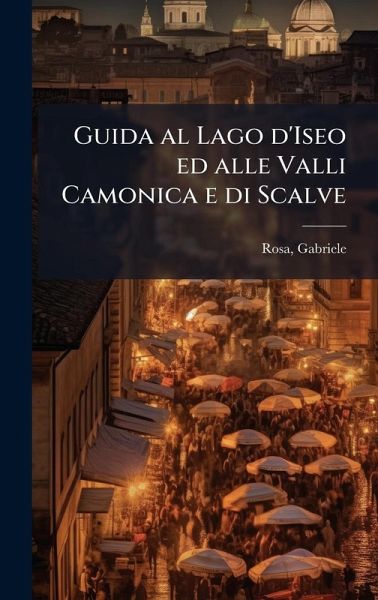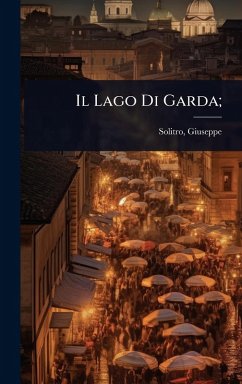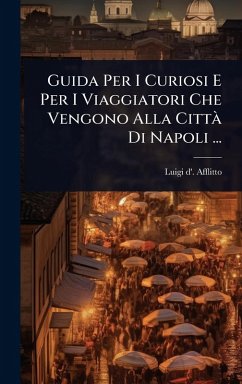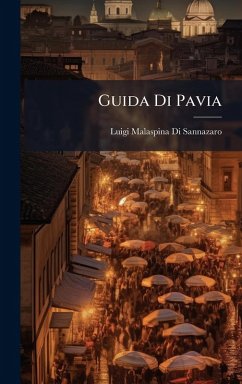
Guida al Lago d'Iseo ed alle Valli Camonica e di Scalve
Versandkostenfrei!
Versandfertig in über 4 Wochen
28,99 €
inkl. MwSt.
Weitere Ausgaben:

PAYBACK Punkte
14 °P sammeln!
Guida al Lago d'Iseo ed alle Valli Camonica e di Scalve is a historical travel guide to the Lake Iseo region and the Camonica and Scalve Valleys in Italy, published in 1886. Written by Gabriele Rosa, this guide provides a snapshot of the region during the late 19th century. Readers will find detailed descriptions of the natural landscapes, local customs, and historical points of interest, offering a glimpse into the past and a rich understanding of the cultural heritage of Northern Italy. This guide serves as a valuable resource for historians, travelers, and anyone interested in the regional ...
Guida al Lago d'Iseo ed alle Valli Camonica e di Scalve is a historical travel guide to the Lake Iseo region and the Camonica and Scalve Valleys in Italy, published in 1886. Written by Gabriele Rosa, this guide provides a snapshot of the region during the late 19th century. Readers will find detailed descriptions of the natural landscapes, local customs, and historical points of interest, offering a glimpse into the past and a rich understanding of the cultural heritage of Northern Italy. This guide serves as a valuable resource for historians, travelers, and anyone interested in the regional history and geography of Lombardy. This work has been selected by scholars as being culturally important, and is part of the knowledge base of civilization as we know it. This work was reproduced from the original artifact, and remains as true to the original work as possible. Therefore, you will see the original copyright references, library stamps (as most of these works have been housed in our most important libraries around the world), and other notations in the work. This work is in the public domain in the United States of America, and possibly other nations. Within the United States, you may freely copy and distribute this work, as no entity (individual or corporate) has a copyright on the body of the work. As a reproduction of a historical artifact, this work may contain missing or blurred pages, poor pictures, errant marks, etc. Scholars believe, and we concur, that this work is important enough to be preserved, reproduced, and made generally available to the public. We appreciate your support of the preservation process, and thank you for being an important part of keeping this knowledge alive and relevant.






![Guida di Forlì [di] E. Calzini [e] G. Mazzatinti Cover Guida di Forlì [di] E. Calzini [e] G. Mazzatinti](https://bilder.buecher.de/produkte/74/74523/74523502n.jpg)





